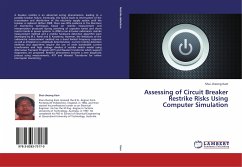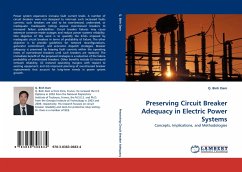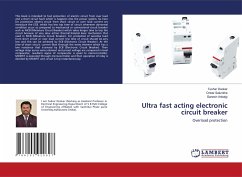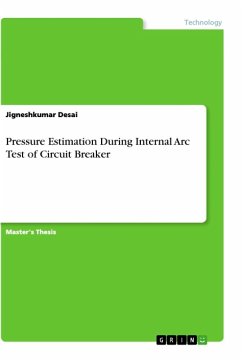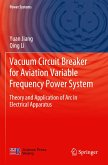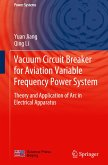A breaker restrike is an abnormal arcing phenomenon, leading to a possible breaker failure. Eventually, this failure leads to interruption of the transmission and distribution of the electricity supply system until the breaker is replaced. Before 2008, there was little evidence in the literature of monitoring techniques based on restrike measurement and interpretation produced during switching of capacitor banks and shunt reactor banks in power systems. In 2008 a non-intrusive radiometric restrike measurement method and a restrike hardware detection algorithm were developed by M.S. Ramli and B. Kasztenny. However, the limitations of the radiometric measurement method are a band limited frequency response as well as limitations in amplitude determination. Current restrike detection methods and algorithms require the use of wide bandwidth current transformers and high voltage dividers. A restrike switch model using Alternative Transient Program (ATP) and Wavelet Transforms which support diagnostics are proposed. Restrike phenomena become a new diagnostic process using measurements, ATP and Wavelet Transforms for online interrupter monitoring.

